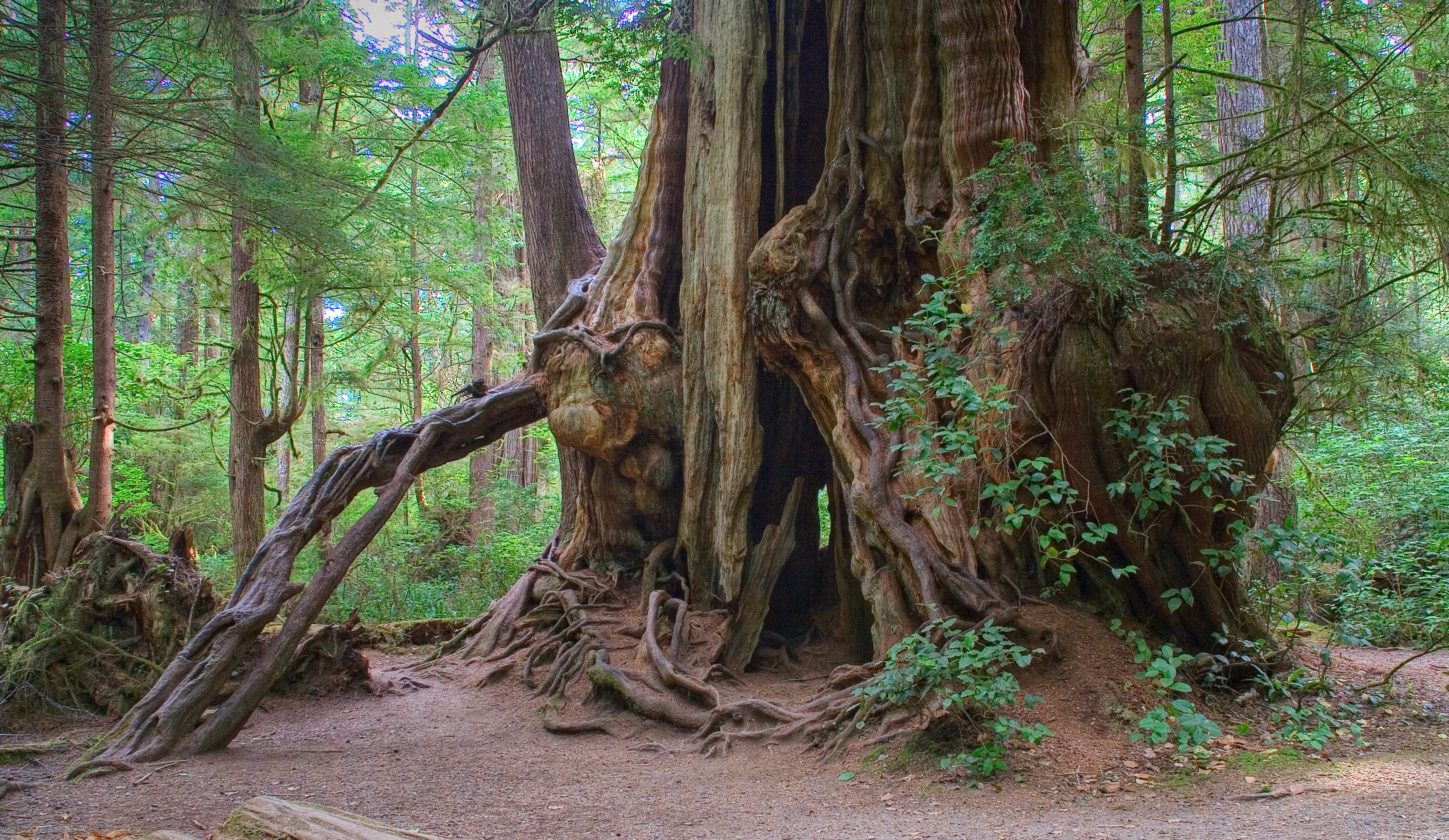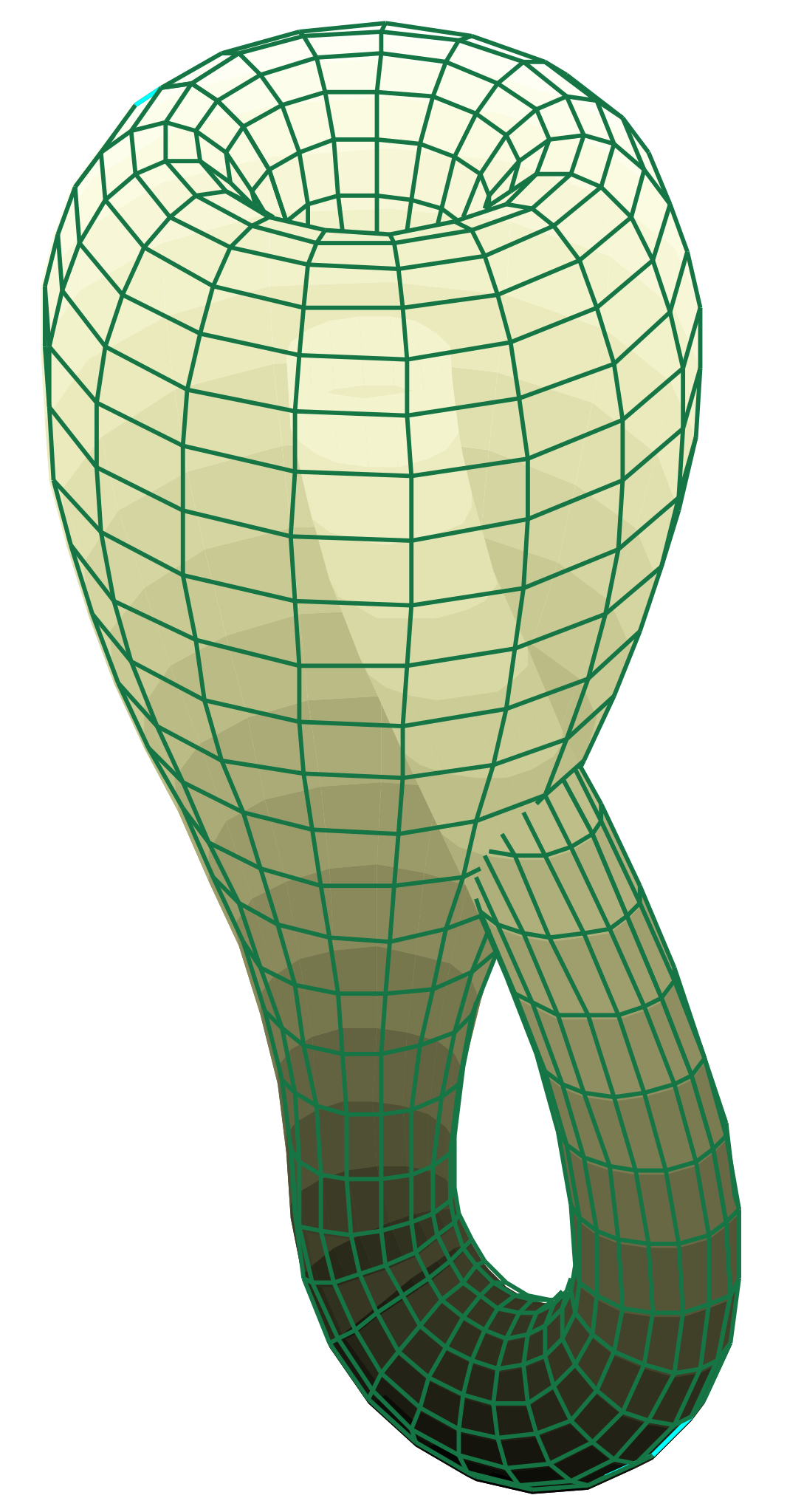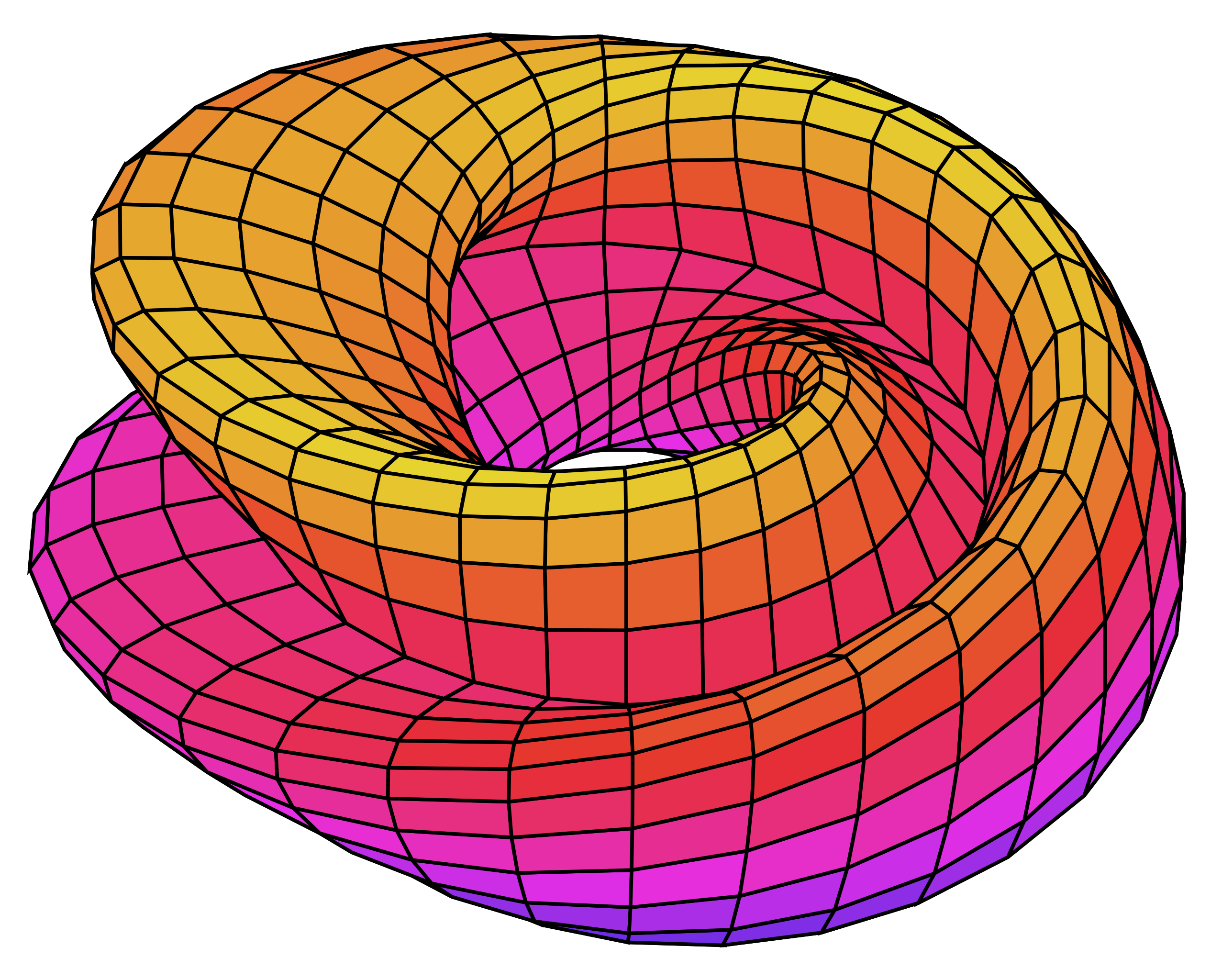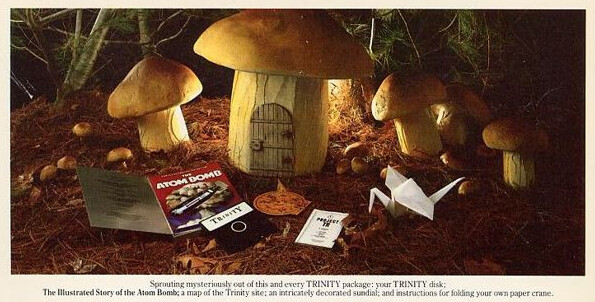Remember that mountain stream, that’s flowed from the waterfall along the Trellises? Let’s see where it goes!
The East Side
The Bend
An exhausted stream trickles into a river that bends to the south and east. The opposite shore is veiled behind a thick mist.
Paths meander off in many directions from the river’s edge.
Trying south first.
The River
You’re on a lifeless strip of sand beside a great river. The water is unnaturally dark and still; ribbons of mist coil across its surface like ghostly fingers, obscuring what lies beyond.
Footpaths wander north, west and northwest. Turning south, you see a magnificent hedge growing in an unbroken wall to the river’s edge.
As you peer across the river you notice a lone vessel gliding out of the fog.
A lone vessel?
If we wait around for a few minutes, we can learn more about this vessel:
The oarsman guides his dory to a soundless landing.
A puff of wind ripples the water.
Eddies of sand swirl across the shore and coalesce into ghostly figures of dust and vapor. Before you can think or move, you find yourself amid a gathering of human shades, pale and gaunt, silent as death.
The ghostly shades begin to converge on the dory. One by one, they step into the vessel, hand the oarsman a silver coin, and take a seat.
The last of the shades seats itself in the crowded dory.
With practiced skill, the oarsman pushes his crowded dory away from the shore.
You watch as the dory and its passengers glide across the river, vanishing at last into obscurity.
It seems this is not just a river, but the River.
And based on the layout of the map, I’m guessing one of our final puzzles will be crossing it. South from the eastern bank there should be a mushroom, and once you’ve crossed the River Styx, how do you escalate your puzzles any further?
What about the eastern branch?
Moor
Tall, solemn cattails line the banks of a great river that flows eastward across the silent moor. A dense fog on the water obscures your view of the opposite shore.
A pair of giant toadstools is growing among the cattails. The larger one has a closed white door set into the stem.
Two toadstools? But only one door…
Crater’s Edge
The forest around you is bent and splintered, as if a mighty fist had smashed through the branches. Sooty fumes hang in the air; the earth is dark with ashes and rubble.
The eastern path ends at the lip of a deep crater, forty or fifty feet across.
Oh hey! I can guess what made this crater!
If you find the remains of a shooting star, do you get a second wish?
You climb down into the crater.
Crater
A dark cloud of smoke fills the air with an acrid, smoldering stench. Blackened rubble covers the sides and bottom of the crater.
A glowing lump of metal lies half-buried at your feet.
You can feel the gnomon pulling towards the lump of metal.
Dibs!
>get metal
You recklessly burn your fingers on the hot metal. Ouch!
Owwwww. Apparently it’s not glowing because it’s magic, it’s glowing because it’s really really hot.
But also, it seems to be a magnet. We’ll have to find some way to cool it down; I’m sure a magnet is useful somewhere!
Now, for the home stretch!
The North Side
Under Cliff
Smooth walls of rock vault straight up and then lean inward, forming a natural roof that partially hides the sky. Trails lead out from under the cliff in many directions.
A swarm of bees has staked out this formation for itself by building an enormous hive under the arch. The faint buzzing sound from the hive is magnified by the cliff’s acoustics into a loud, frightening drone.
Not even gonna try to steal that hive. Not without proper beekeeping garb.
Chasm’s Brink
The chasm at your feet is striped with colorful layers of rock. Narrow paths twist northeast and northwest, uneasily close to the edge. Other trails lead off into the forest.
To the north, a rocky mesa towers like a golf tee from the depths of the chasm. Only thirty feet separate you from its flattened summit.
An oak tree stands at the chasm’s brink.
A soap bubble appears high overhead. It hovers for a moment before it bursts with a flabby pop.
Again based on the map layout, I’m guessing there’s a toadstool over on the mesa. And I’m also guessing we’re going to have to fell that oak tree to make a bridge! But probably not with our bare hands.
North Bog
A thick, suffocating miasma lingers among the trees; the black earth is squishy with corruption. You can hear dripping liquids and other moist sounds close by.
Paths wander off in many directions. High rock walls curve away to the north and southwest.
A dark shadow creeps eastward across the ground.
A big Venus flytrap is growing nearby. Its crimson jaws are wide open, exposing a cavity that gleams with sweet-smelling ichor.
Speaking of the gnomon, it seems to be keeping good time.
Promontory
This crag of rock juts out over the surrounding chasm, ending at an abrupt drop several hundred feet deep. Rugged trails wind south and southeast.
A rather large boy sits nearby, listening to a pair of headphones and idly blowing soap bubbles. There’s a dish full of soapy water by his side.
The boy dips the bubble wand in the dish and swishes it around.
I recognize this boy!
>x boy
The boy measures approximately forty feet from head to toe, and probably weighs several tons. He’s wearing a pair of stereo headphones.
The boy pulls the bubble wand out of the dish, puts it to his lips and blows a big soap bubble.
Oh. So that’s what “rather large” means.
I also have no idea what he’s meant to symbolize. Anyone want to take a guess?
Back around to the other side of the mesa:
Bluff
A spectacular crop of toadstools extends far and wide across the valley below. Narrow trails curve southeast and southwest, away from the edge of the bluff.
To the east stands a little cottage, nestled in a shady copse. The front door is closed.
Cottage?
>e
The front door is closed.
Oh right. Early games.
>open door
You open the front door.
>e
Cottage
An iron cauldron, brown with the crust of years, squats in the middle of this tiny chamber. Coils of steam writhe from its depths, filling the air with a greasy stench that makes your nose wrinkle. Luckily, the front door is wide open. Another door leading east is closed.
A crudely drawn map hangs upon the wall.
The biggest book you’ve ever seen lies open on a pedestal in the corner.
There’s a birdcage here. Inside the birdcage you see a magpie.
The magpie blinks at you.
A witch’s cottage, no less! I’m specifically trying not to get into any puzzles until I finish exploring, so let’s try the back door first.
Herb Garden
A tall fence protects the neat rows of herbs from predators. The only exit is the open back door of the cottage, leading west.
Another giant toadstool has taken root in a patch of thyme. The white door in its stem is closed.
A pile of refuse lies in the corner.
Okay, I know I’m avoiding puzzles, but when you see a pile of refuse you just gotta SEARCH it.
>x pile
It’s just a dry heap of discarded stalks and dirt.
>search pile
You find nothing in the pile except a rotten clove of garlic.
>x garlic
The clove of garlic is at least a year old.
Yay!
And I think that’s the first phase of our exploration done. Next time, we check out the Pergola and the Gnomon, and start actually trying to solve some puzzles!
03.txt (22.3 KB)









